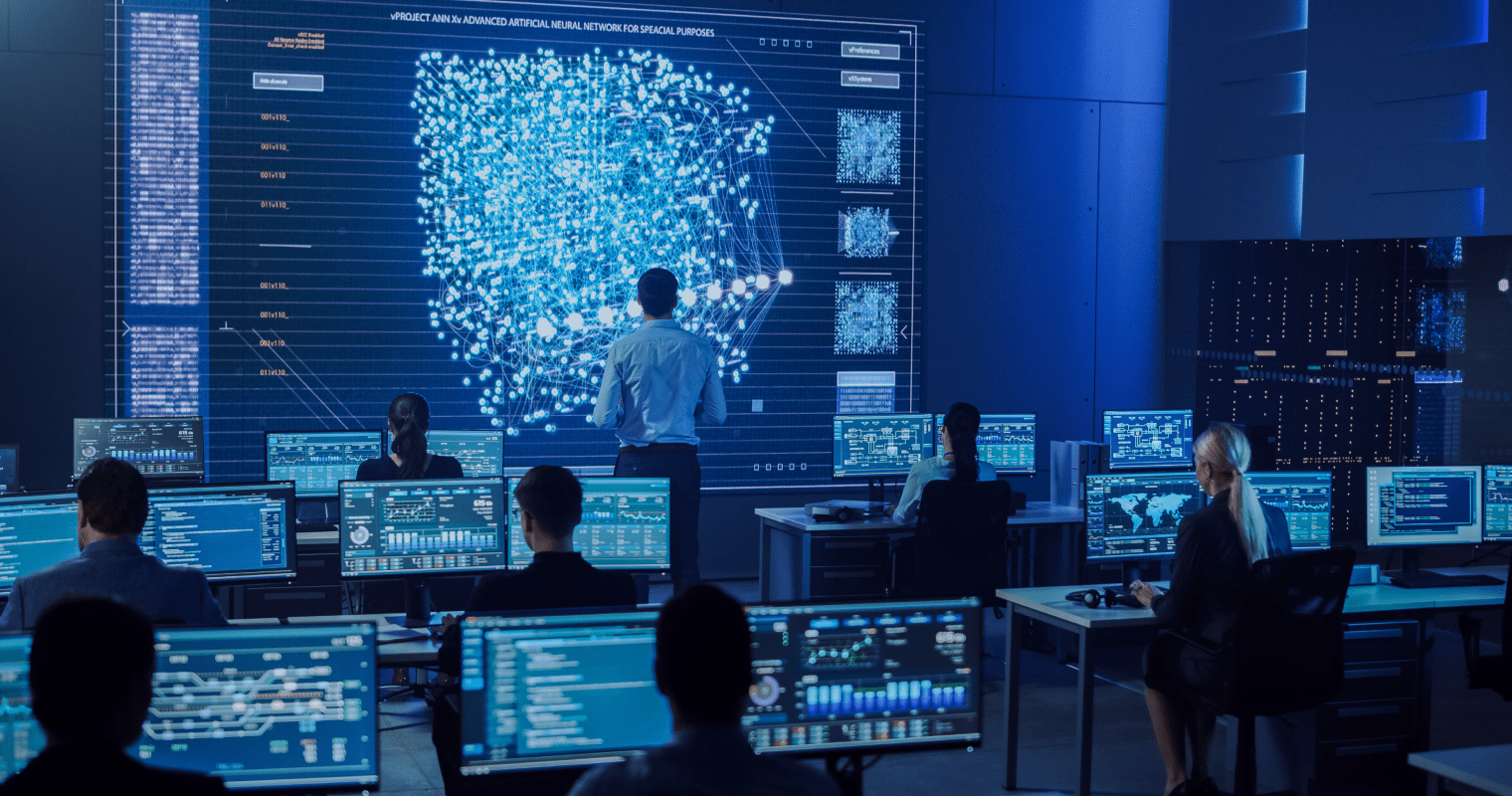Is your business prepared for the unexpected? Unforeseen events can disrupt operations, but strong emergency planning and business continuity can ensure your organization remains resilient.
This article dives into these key concepts, explaining their importance and how they differ from disaster recovery. We'll also explore common implementation challenges and the role technology plays in building business preparedness.
Understanding emergency planning and business continuity
Understanding Emergency Planning and Business Continuity is essential for organisations to enhance their organisational resilience and ensure the continuity of operations in the face of unexpected disruptions.
Effective risk management practices play a crucial role in the development of robust emergency plans and business continuity strategies. By identifying potential threats and vulnerabilities, organisations can proactively implement crisis response procedures and continuity measures to minimise the impact of disruptions on their operations.
This proactive approach not only helps maintain operational stability but also builds confidence among stakeholders, customers, and employees. A well-thought-out emergency plan ensures a structured and coordinated response during emergencies, enabling organisations to navigate challenging situations with agility and efficiency.
What is emergency planning?
Emergency Planning involves formulating strategies and procedures to prepare for potential emergencies, emphasizing preparedness and effective risk management.
What are the key components of emergency planning?
The key components of emergency planning include the development of a comprehensive continuity plan, effective incident management protocols, and clear communication strategies.
A crucial aspect of emergency planning is establishing a dedicated continuity team responsible for ensuring business operations can continue during a crisis. This team plays a vital role in identifying critical functions, implementing backup systems, and facilitating a smooth transition during disruptions.
In addition to the continuity plan, efficient incident management procedures are essential for swift response to emergencies. These procedures outline the steps to follow, roles and responsibilities, and activation of response teams to mitigate the impact of an incident.
Effective crisis communication is equally important. It ensures timely dissemination of information to stakeholders, maintains transparency, and manages public perception during crises.
How is emergency planning different from disaster recovery?
Emergency Planning primarily focuses on preparedness and prevention measures, whilst Disaster Recovery emphasises post-incident recovery strategies and resilience building.
Emergency planning involves developing crisis management protocols and implementing continuity strategies to mitigate risks before a disaster strikes. On the other hand, disaster recovery is more about the response phase after a crisis, aiming to restore operations swiftly and efficiently.
Recovery strategies such as data backups, resource allocation, and alternate site utilisation are key components of disaster recovery. They ensure organisations can bounce back from disruptions and minimise downtime.
What is business continuity?
Business Continuity refers to the process of developing and implementing strategies to ensure the continued operation of critical functions during and after a disruption. It involves impact analysis and continuity measures.
What are the key components of business continuity?
The key components of Business Continuity include resource allocation strategies, stakeholder engagement plans, and recovery priorities to ensure effective continuity measures.
Having a well-developed communication plan is crucial in times of crisis, such as natural disasters or unexpected events, to ensure that everyone in the organisation is informed and coordinated. Conducting regular emergency drills can help identify gaps in the contingency plans and improve overall preparedness.
Risk identification plays a critical role in anticipating potential disruptions and implementing proactive measures to mitigate their impact. By focusing on these elements, businesses can establish a robust framework for enhancing their resilience and minimising downtime during challenges.
How is business continuity different from disaster recovery?
Business Continuity focuses on maintaining overall business operations during disruptions, whilst Disaster Recovery specifically addresses the restoration of critical IT systems and data, involving a structured continuity planning process.
In essence, Business Continuity takes a more comprehensive approach to resilience, encompassing the entire organisation's ability to continue functioning in adverse conditions. It involves developing strategies to keep key business functions operational, often overseen by a dedicated continuity team.
On the other hand, Disaster Recovery concentrates on the technical aspects of recovery, such as data backup and system restoration, and is primarily led by IT specialists. While business Continuity emphasises communication plans, emergency contacts, and collaboration across departments to ensure operational resumption, Disaster Recovery typically focuses on defined recovery phases and testing of IT systems.
What is the importance of emergency planning and business continuity?
Understanding the Importance of Emergency Planning and Business Continuity is crucial for organisations to minimise risks, ensure operational resilience, and maintain stakeholder trust through effective continuity plans.
Why is it necessary to have both plans in place?
Having both Emergency Planning and Business Continuity plans in place is essential to effectively address diverse scenarios, enabling prompt crisis response and ensuring continuity of operations.
Emergency Planning focuses on immediate responses to crises, such as natural disasters or security breaches, by outlining procedures for evacuations, communication protocols, and resource allocation.
On the other hand, Business Continuity planning emphasizes the strategies needed to maintain essential functions during and after a crisis. These plans often include detailed risk assessments, technology backup solutions, and incident recovery protocols, ensuring that the organization can swiftly recover and resume operations with minimal disruption.
Together, these plans create a comprehensive framework for continuity governance and resilience, building a strong foundation for navigating unforeseen challenges.
What are the steps to creating an effective emergency plan?
Creating an Effective Emergency Plan involves conducting a thorough risk assessment, developing response protocols, and implementing continuity testing to ensure swift and efficient risk mitigation strategies.
What are the steps to creating an effective business continuity plan?
Creating an Effective Business Continuity Plan entails:
- Identifying critical functions
- Establishing recovery priorities
- Documenting continuity measures to enhance recovery capabilities and ensure seamless operations
How often should emergency planning and business continuity plans be reviewed and updated?
Regularly reviewing and updating Emergency Planning and Business Continuity plans is crucial to adapt to evolving risks and organisational changes, ensuring their effectiveness through continuous continuity review processes.
What are the common challenges in implementing emergency planning and business continuity?
Implementing Emergency Planning and Business Continuity initiatives often face common challenges such as:
- Resource constraints
- Lack of continuity awareness
- The need for continuous process improvement to enhance resilience strategies
How can these challenges be overcome?
These challenges in Emergency Planning and Business Continuity can be overcome by conducting regular emergency drills, enhancing continuity training, and fostering a culture of resilience within the organisation.
Regular emergency drills play a crucial role in ensuring that employees are prepared to respond effectively during crises. Through practice and simulation exercises, team members can familiarise themselves with emergency protocols and identify areas for improvement. Continuity training helps employees understand their roles and responsibilities in maintaining essential operations during disruptive events.
By investing in continuity tools and establishing robust risk controls, organisations can mitigate potential threats and minimise the impact of crises. Cultivating crisis leadership within the organisation empowers leaders to make informed decisions swiftly under pressure, instilling confidence and trust among employees.
What is the role of technology in emergency planning and business continuity?
Technology plays a vital role in enhancing Emergency Planning and Business Continuity efforts by facilitating continuity validation, enabling rapid response coordination, and integrating advanced recovery solutions for effective risk mitigation.
This article's just a snippet—get the full information security picture with DataGuard
A digital ISMS is where you begin if you want a bullet-proof setup. It's a base for all your future information security activities.
Frequently Asked Questions
What is the difference between emergency planning and business continuity?
Emergency planning is the process of preparing for and responding to unexpected events or crises. At the same time, business continuity is the process of ensuring essential business operations continue during and after a disruption.
Why is it important to distinguish between emergency planning and business continuity?
Understanding the difference between emergency planning and business continuity helps organizations develop comprehensive plans to address different types of disruptions and ensure a faster recovery.
Are emergency planning and business continuity related?
Yes, emergency planning and business continuity are closely related as both aim to minimise the impact of disruptive events on an organisation and its stakeholders.
What are some common elements of emergency planning and business continuity?
Both emergency planning and business continuity involve risk assessment, identifying critical functions and resources, and developing strategies and protocols to mitigate potential disruptions.
Which one should be prioritised, emergency planning or business continuity?
Both emergency planning and business continuity are equally important and should be given appropriate attention and resources to ensure an organisation's resilience.
Can emergency planning and business continuity plans be combined?
Yes, emergency planning and business continuity plans can be integrated to create a comprehensive and cohesive approach to managing disruptions and maintaining business operations.










